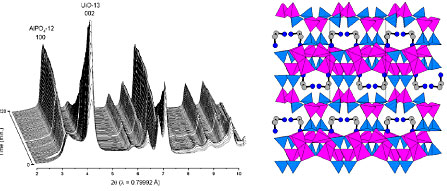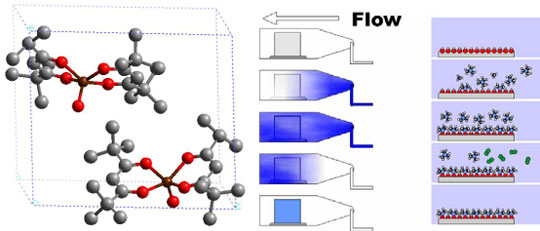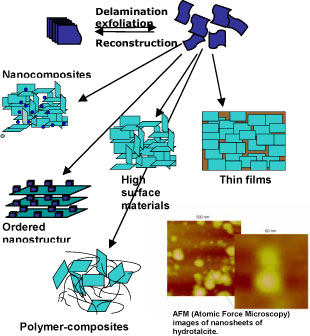You are here:
CATMAT
/
Methods and tools
/
Materials synthesis




 High throughput methods (combinatorial techniques) have been developed and are used in order to more efficiently scan the complex multiparameter space connected with synthesis, materials and catalyst development and optimation.
High throughput methods (combinatorial techniques) have been developed and are used in order to more efficiently scan the complex multiparameter space connected with synthesis, materials and catalyst development and optimation.